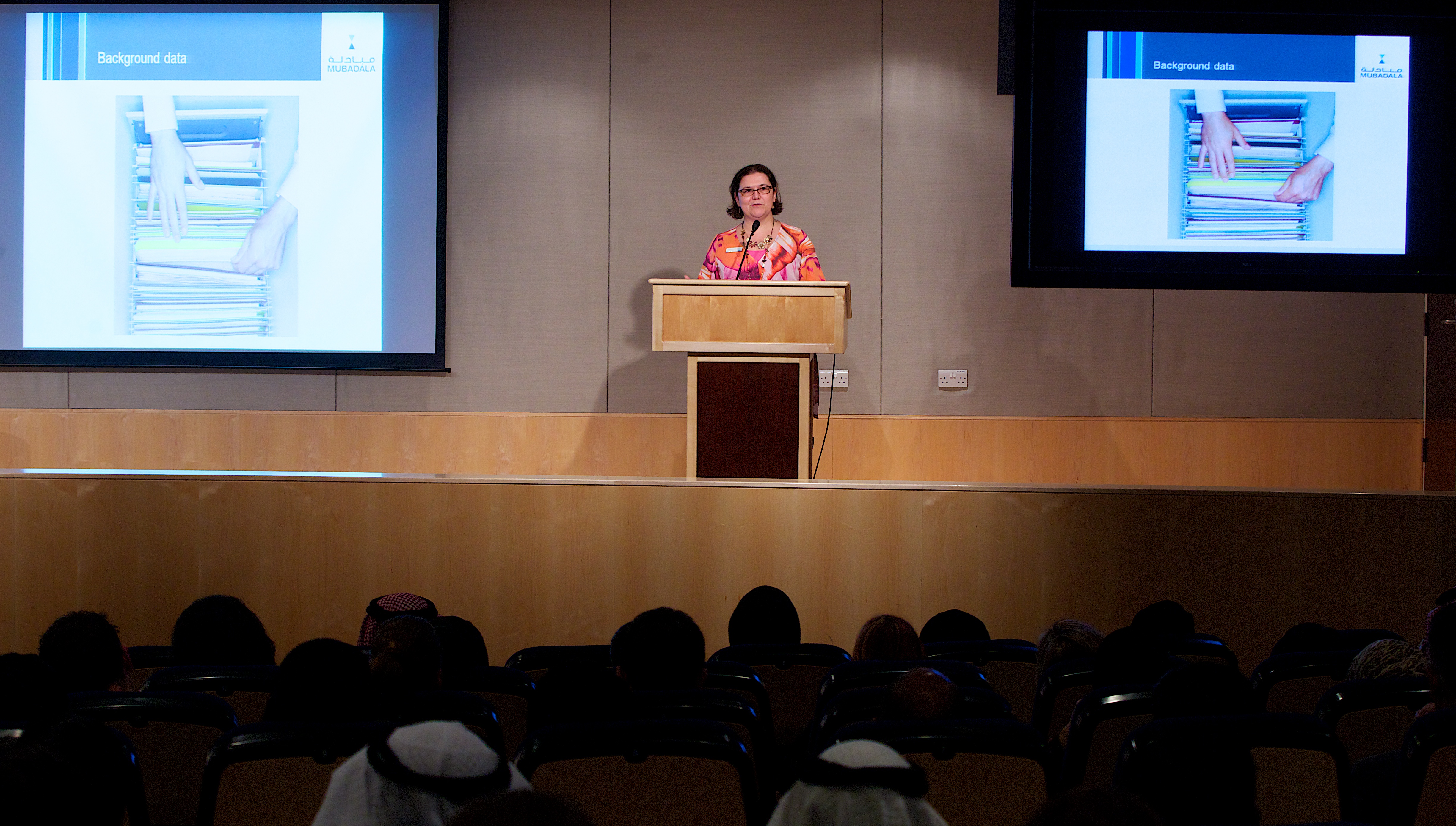A conversation with my family prompted today’s post. We were talking about average square meter prices of real estate in Limoges in the heart of France.
So my mother goes : “The average price per square meter is 1,000 euros in Limoges. So we can calculate for your grandfather how much the house is worth”.
Me : “The grandparents don’t live in Limoges but outside of town. Is the price you have for new apartments in the city center or for older residential housing in the outskirts ? Is it for ready-to-enter housing or places where new owners would have to perform a lot of work to bring the place to their expectations ? Does it include the price of land around the housing? This data is not enough to make an accurate estimate”.
What does that have to do with Compensation & Benefits ?, you ask…
Well, actually, quite a lot.
Taking an average statistical point and extracting, from it, a simulation for an individual case will produce information which is more likely to be inaccurate than correct.
For instance, saying that the average fixed pay in grade L in support functions is 25,000 per month is not an accurate predictor of the fact that you may (or may not) have to pay AED 25,000 for the accounting supervisor you are in the process of hiring. Her experience, background, previous salary and negotiations skills will all have an influence on her final offer, which is likely to be different than the average for the grade of the job.
An average is an aggregate of multiple points, which may be more or less dispersed. So, as demonstrated above, don’t use it to predict a unique data point. For those individual simulations, if you want to produce a relatively reliable educated guess, you need to look at other factors that also have an influence, usually using an R-square approach to isolate the more relevant ones.
Use an average or a mean to produce aggregate results that will impact large(r) numbers of employees all together.
For example, use average numbers for helping Finance budget employee costs for next year’s manpower plan. Use it to simulate the impact of salary increases to see if your company can afford it. Use it for costing the creation of a new company or division in your organization. Use it to calculate how your new rating methodology will impact your bonus pools.
What matters is that, before you start using data to produce simulations for your company, you question what you are trying to achieve, and whether the methodology you apply will produce something that is relevant. Always take a step back and use your common sense.
It’s not just about using averages to predict unique data points instead of using them for calculations related to large populations. In C&B especially, it is easy to get on the path of the technical approach, without thinking whether this purely mathematical method actually provides the RELEVANCE of result that you are looking for. Don’t fall in that trap and you will become a trusted advisor to senior management.
Related posts
- Partners and generalizations in compensation communication
- Percentiles – an easy way to figure it out
- How to compare average and median salary information




Speak Your Mind